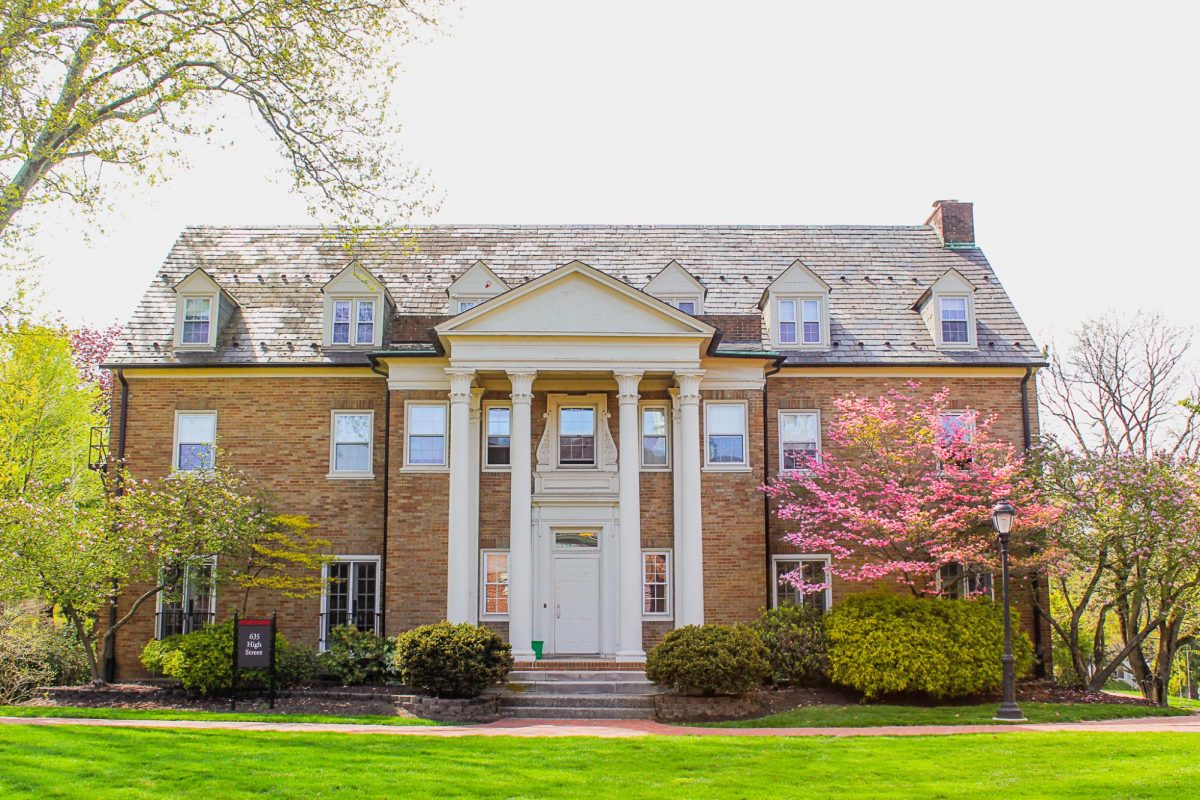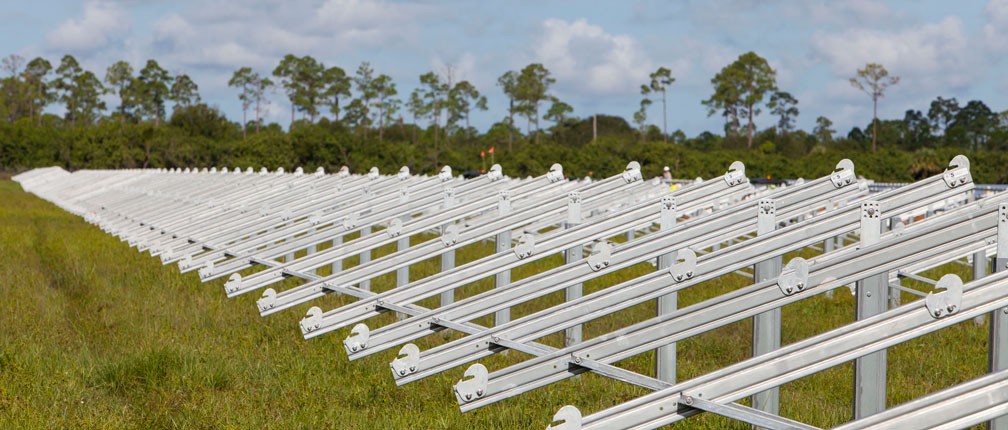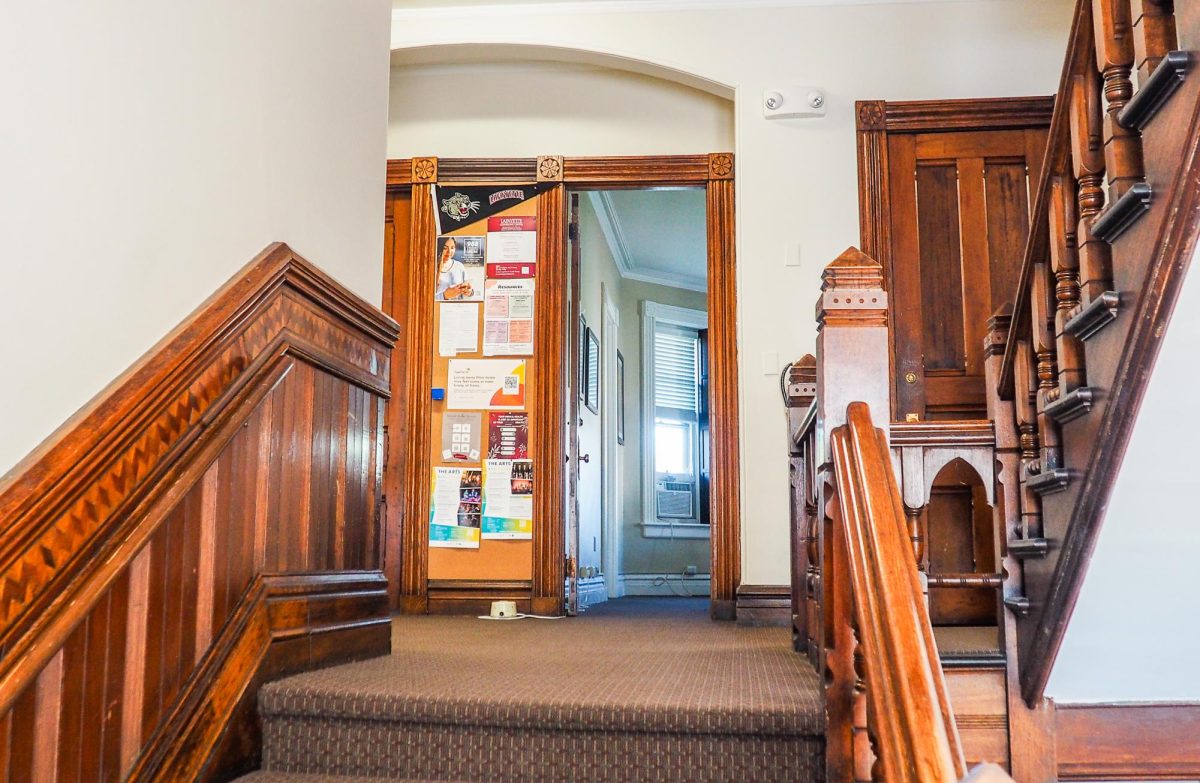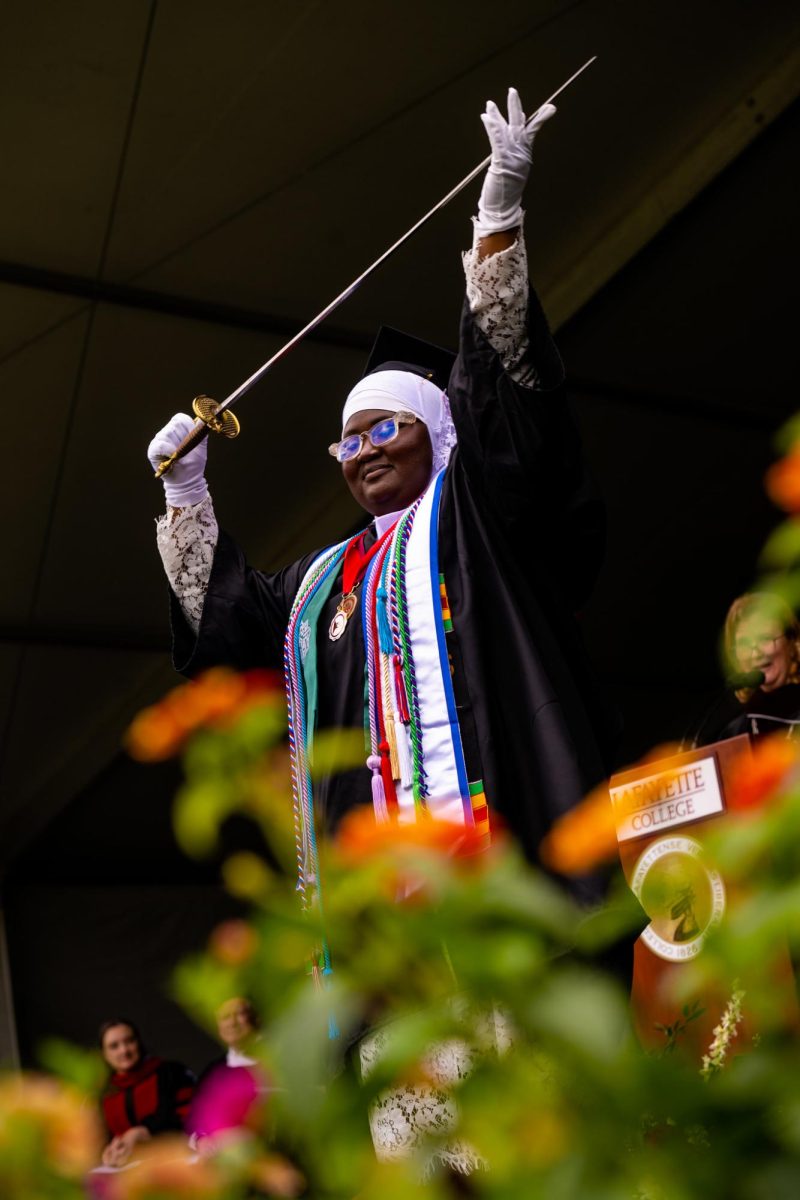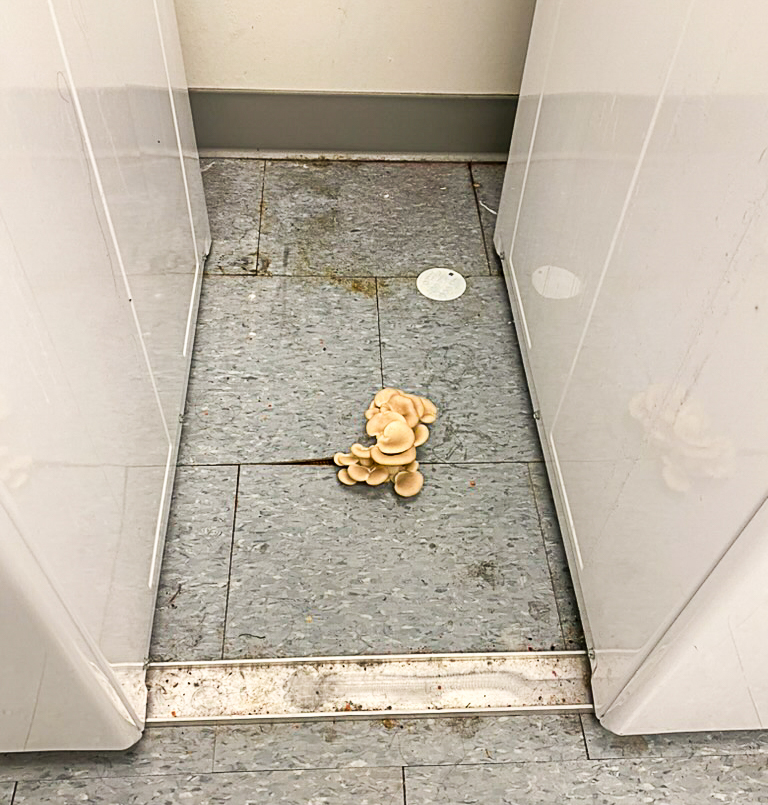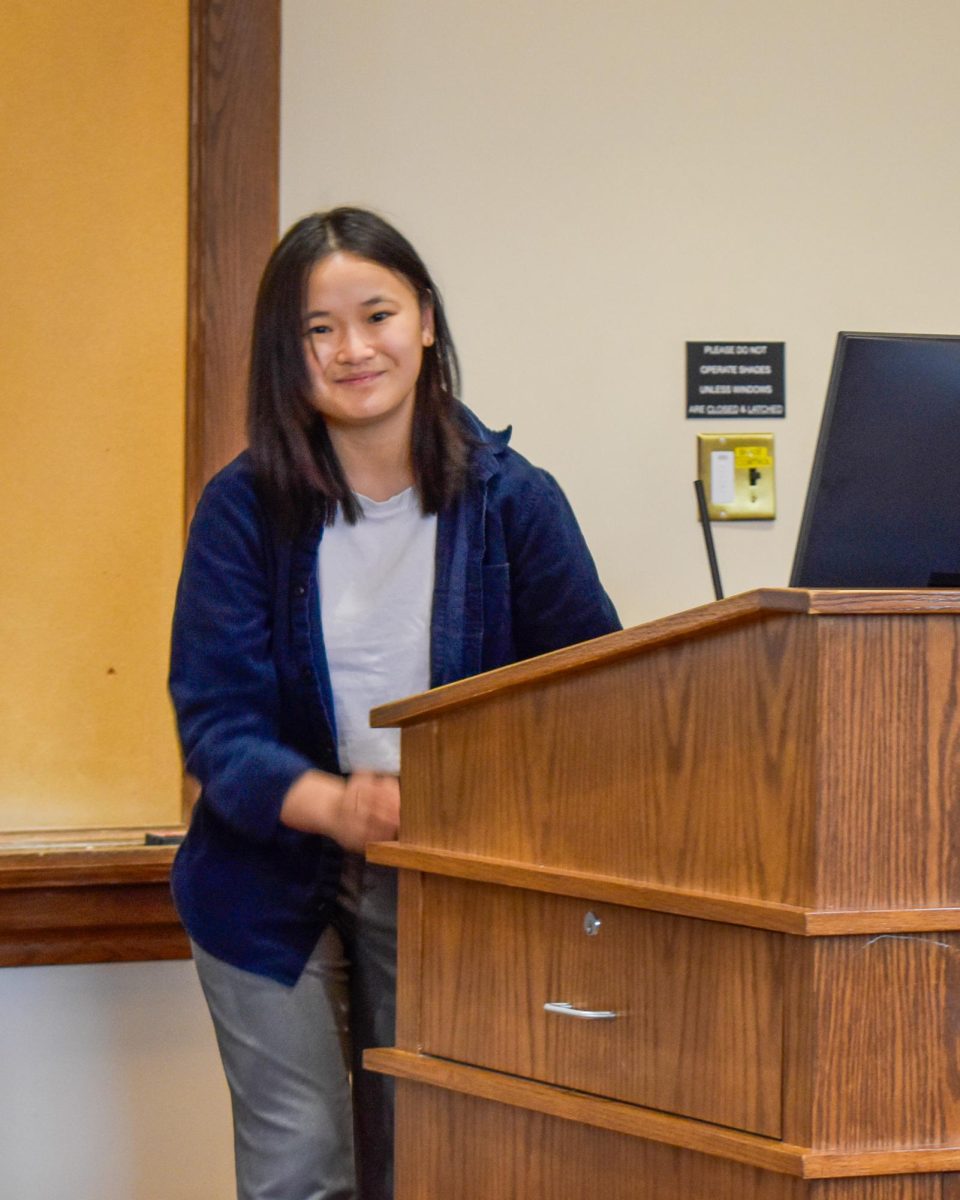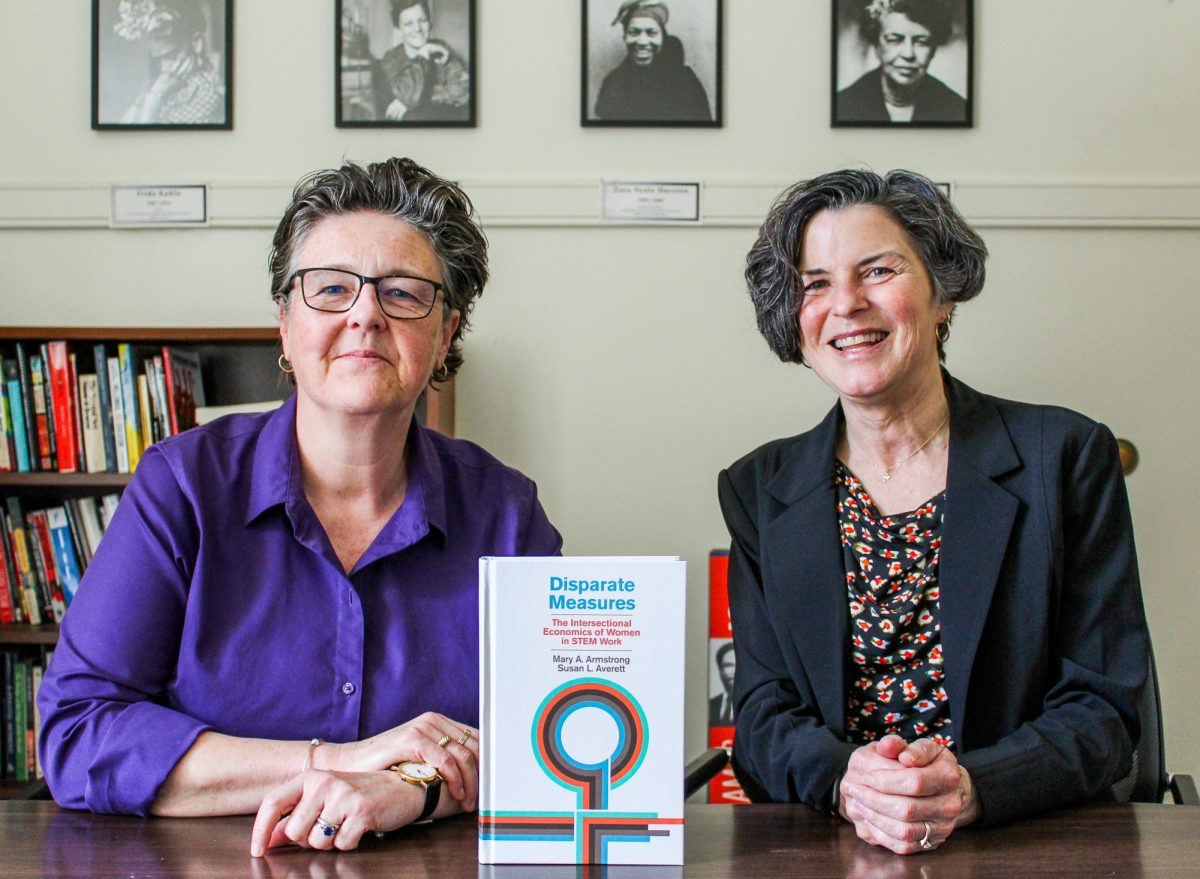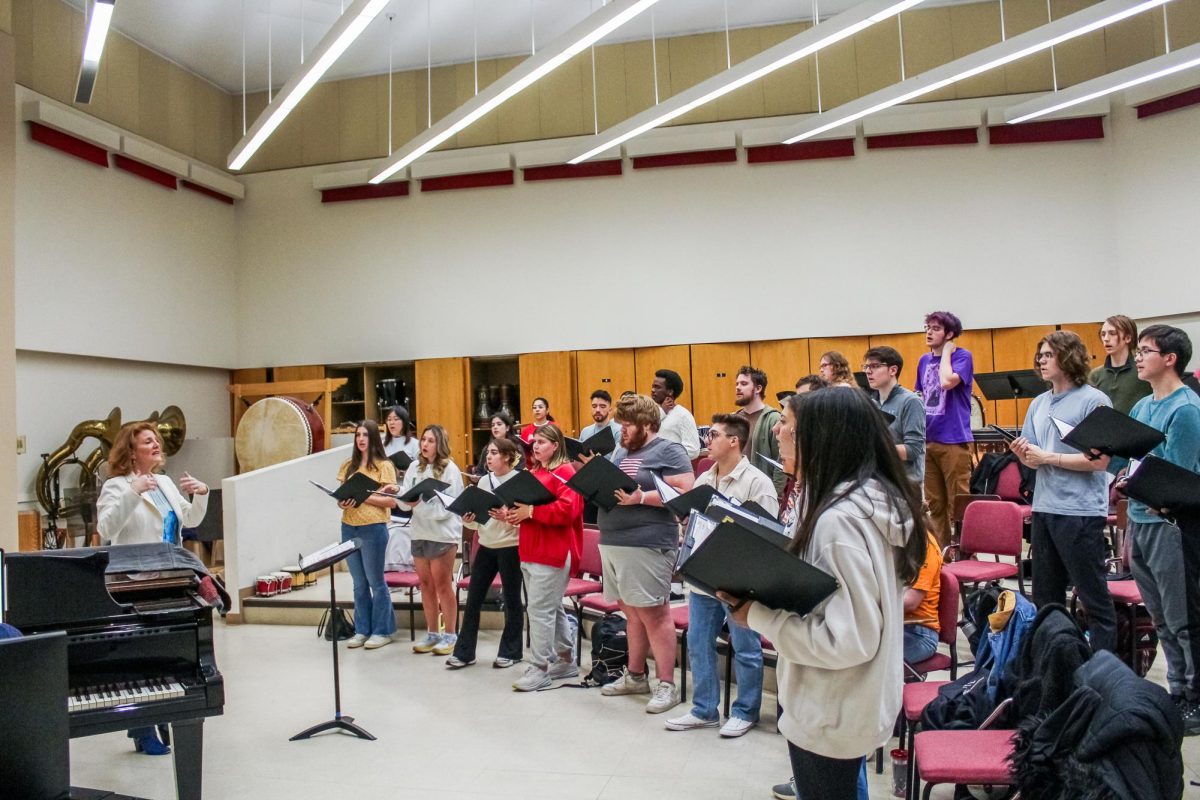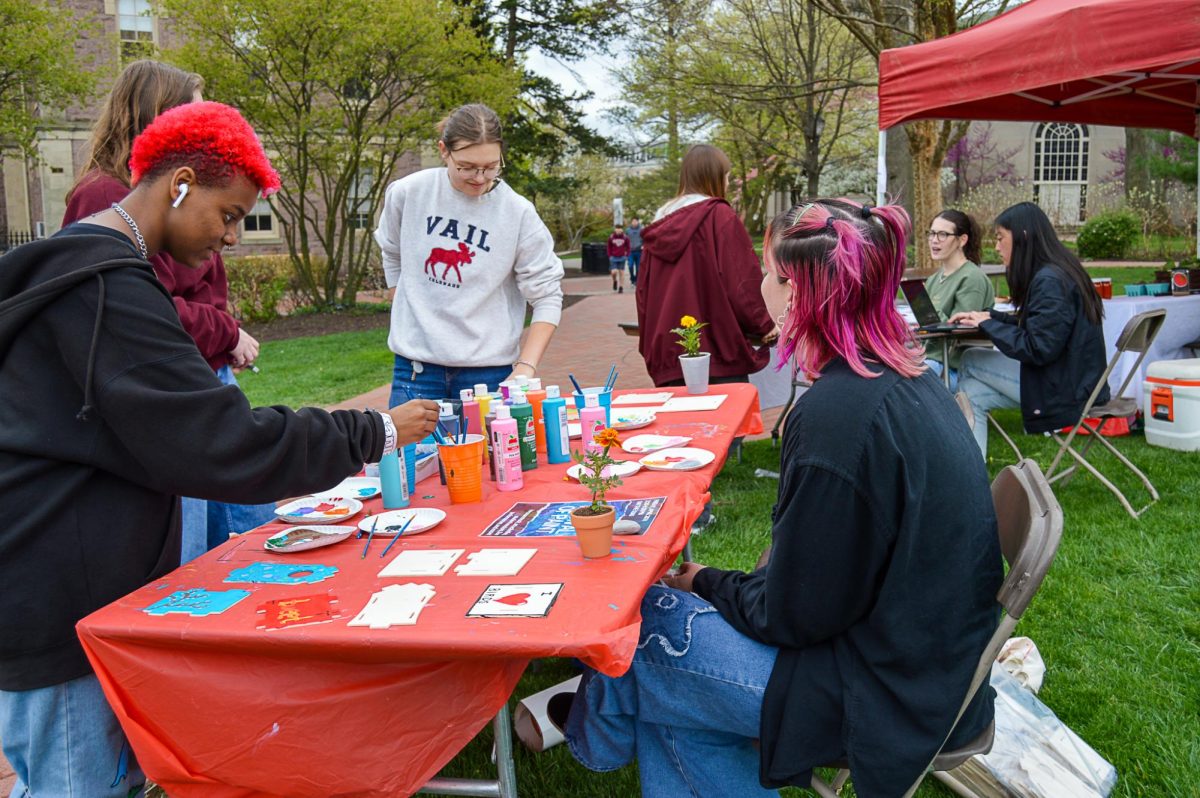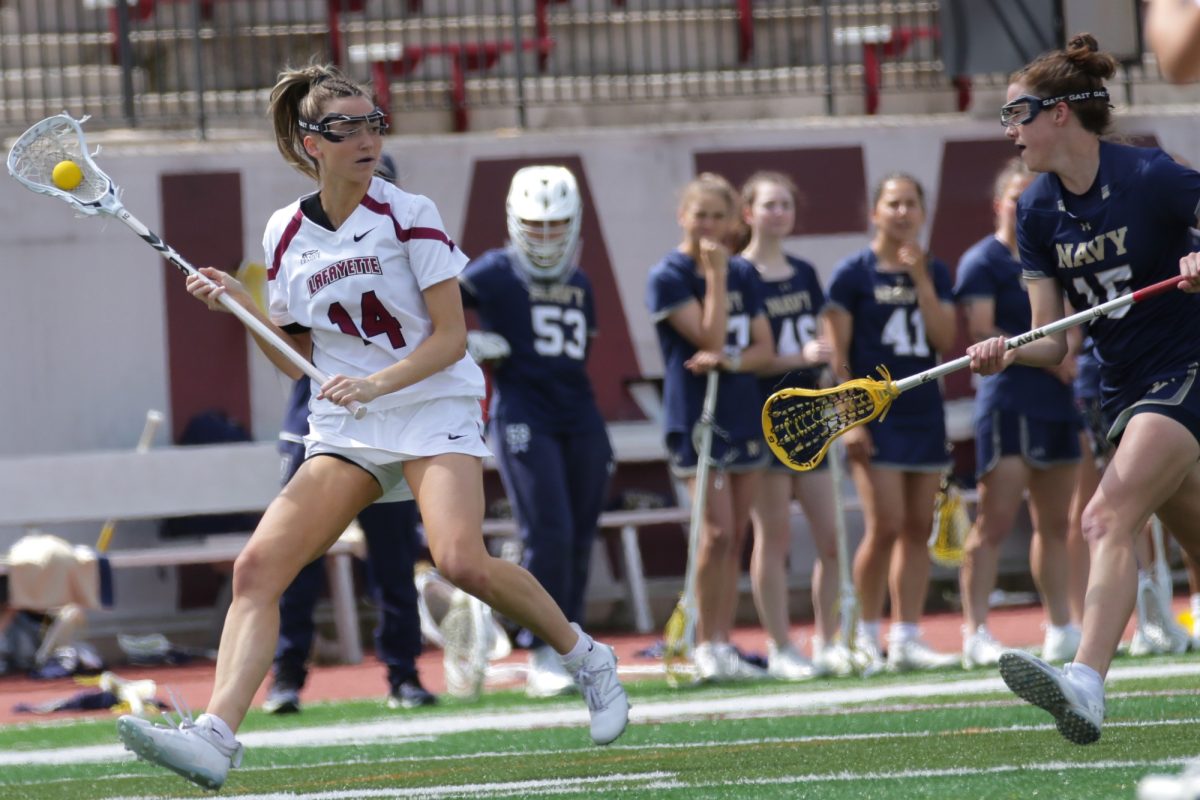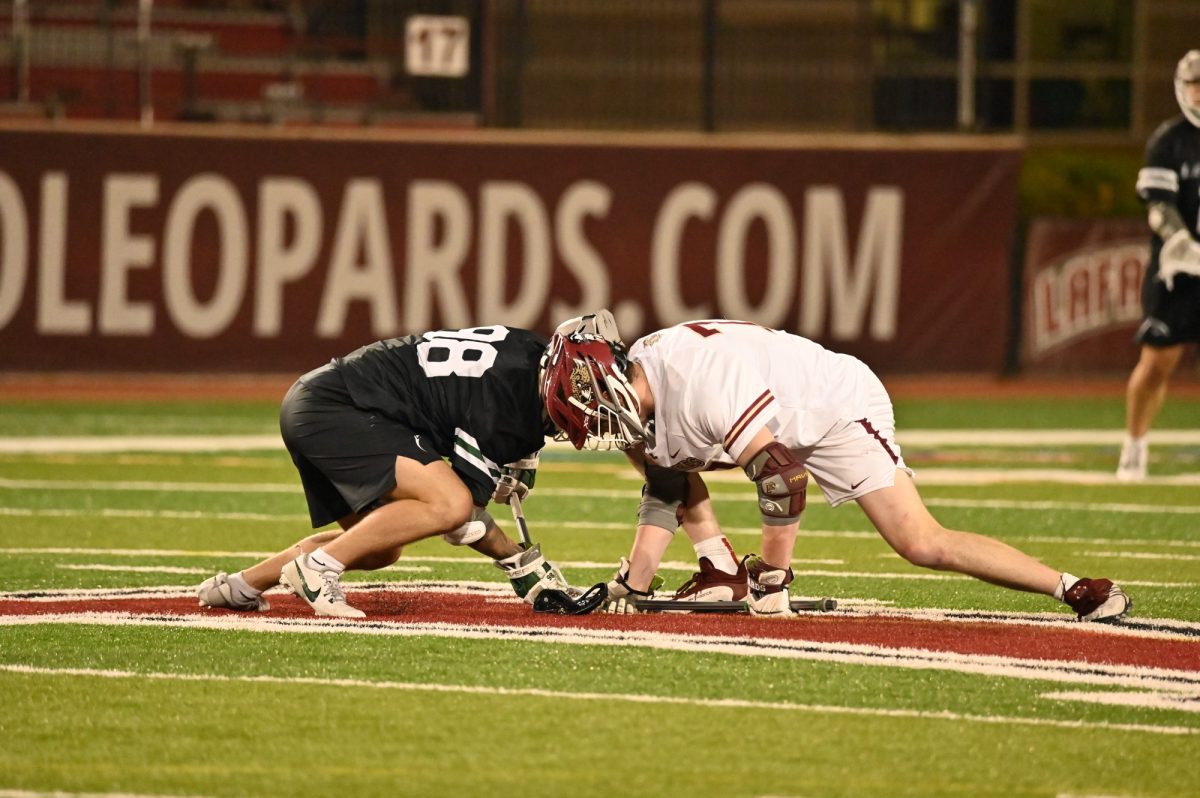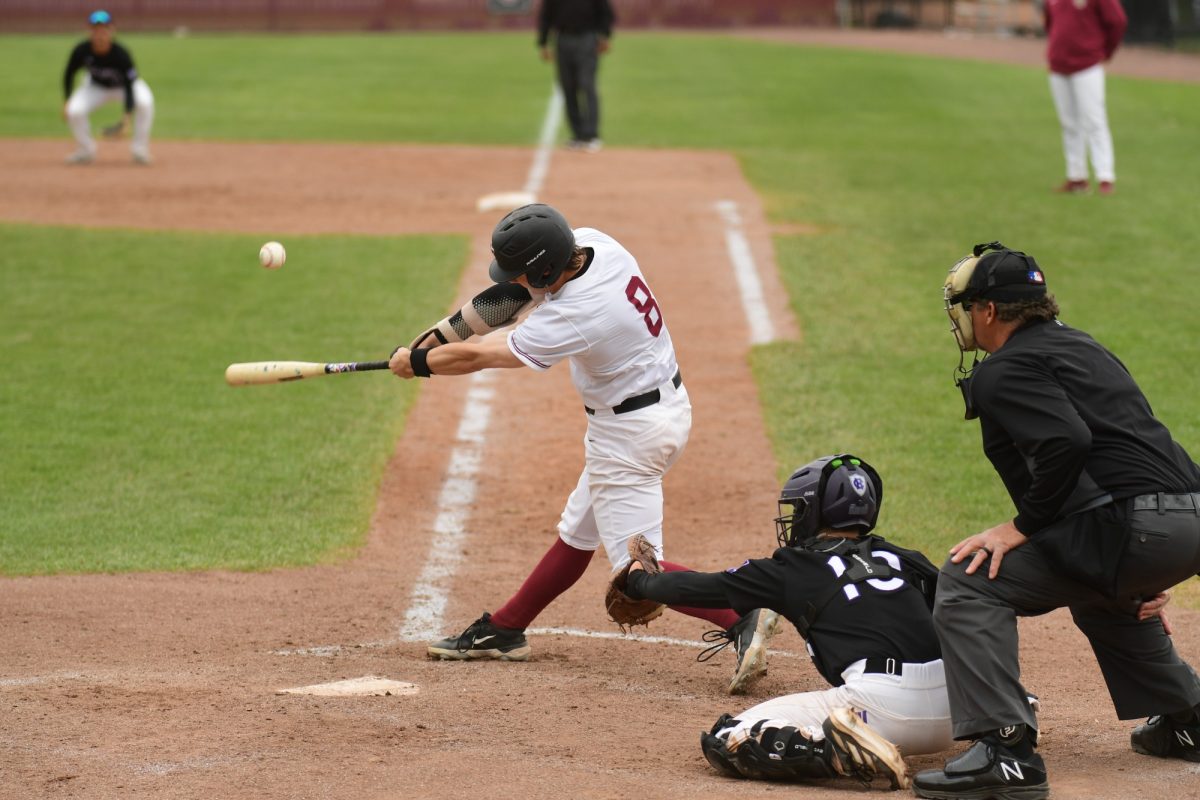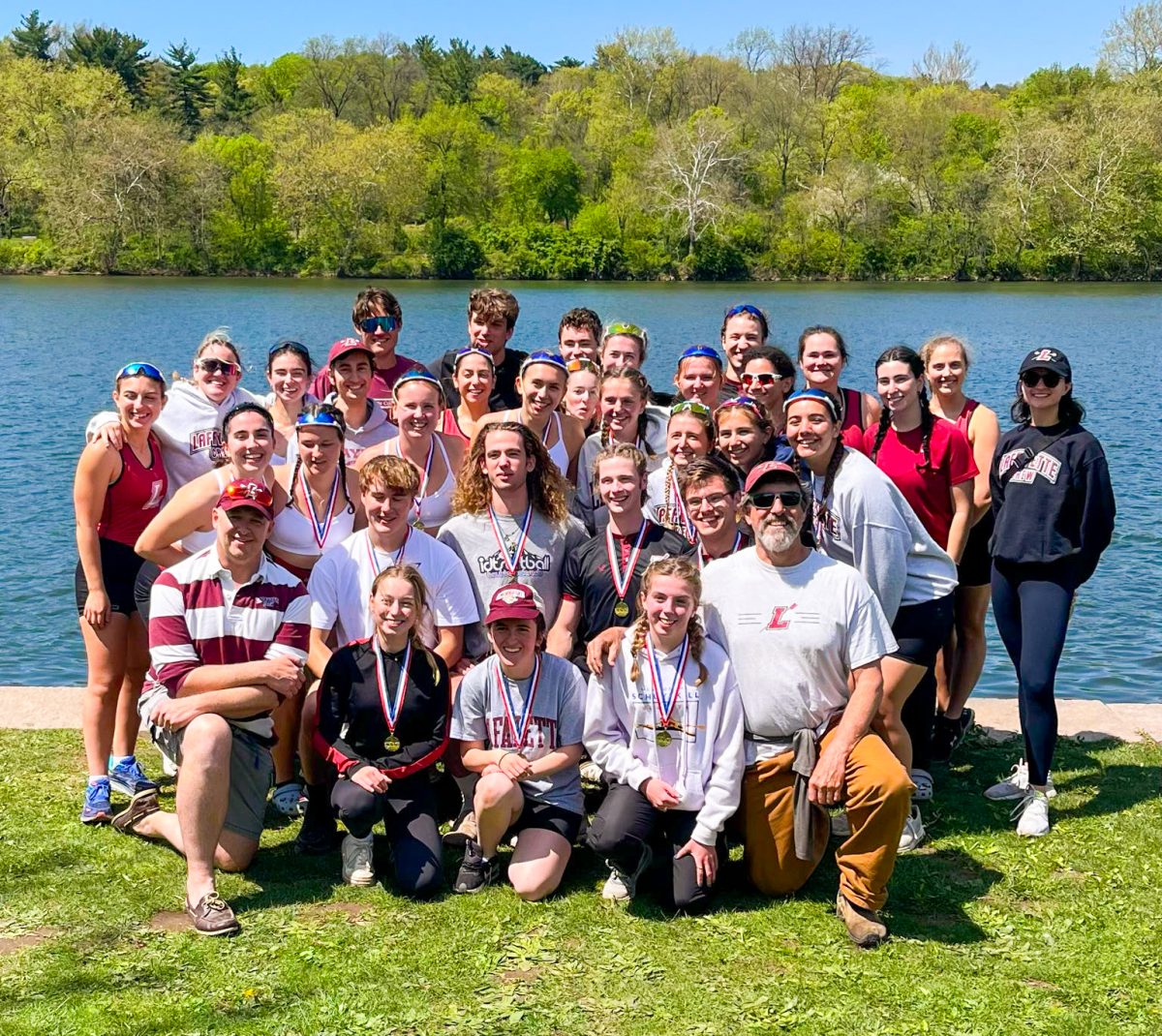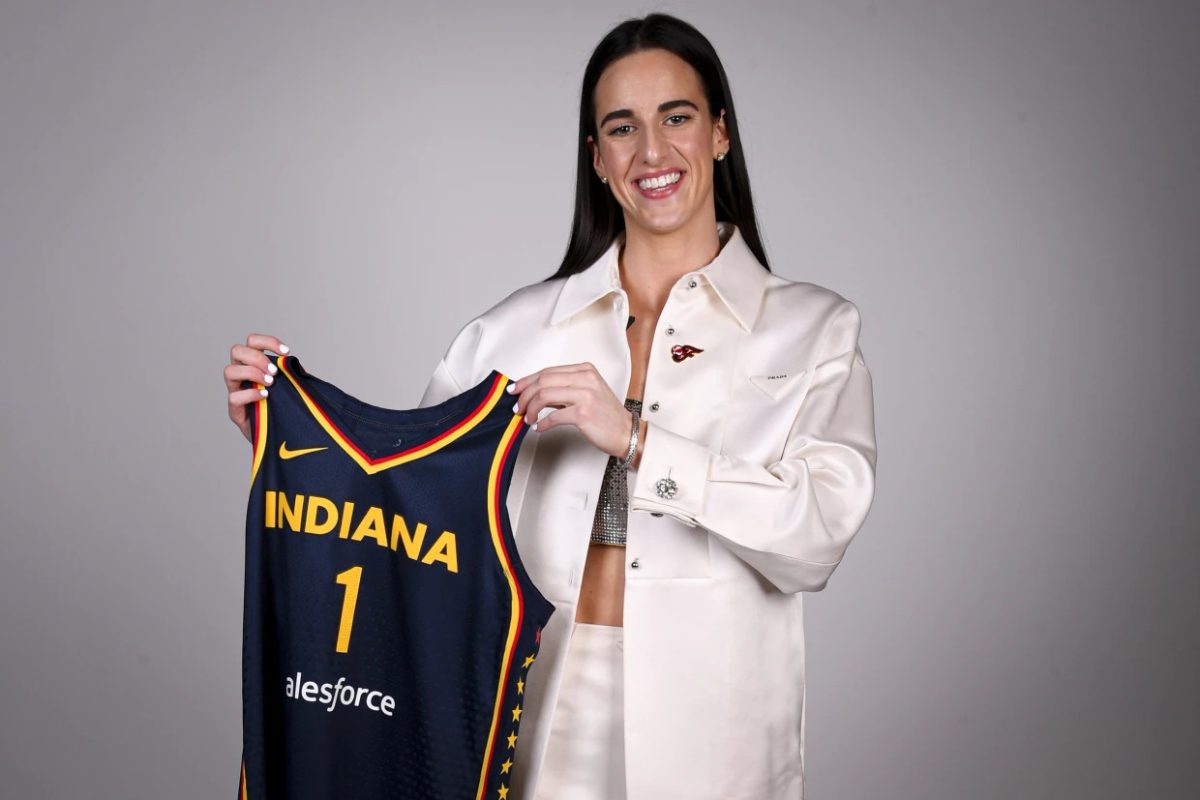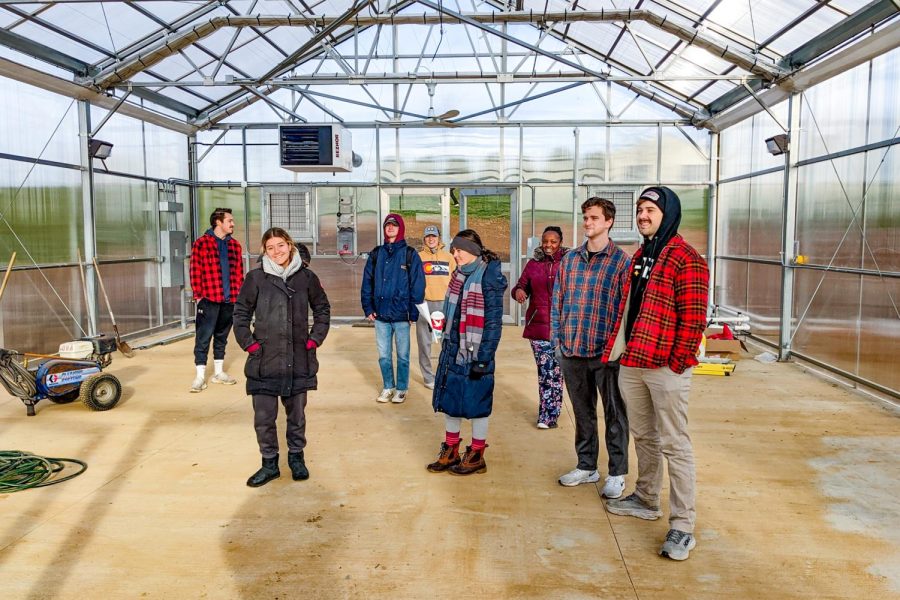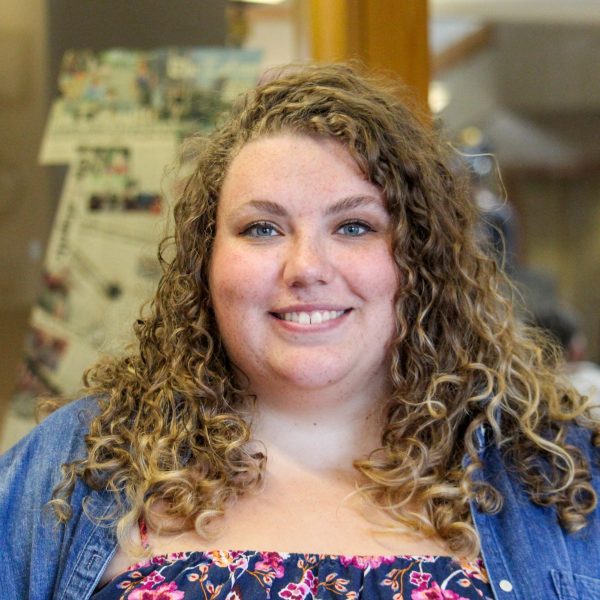Lafayette’s integrative engineering students are using their expertise to improve campus climate initiatives. Along with civil and environmental engineering professor David Brandes, the students of Engineering Science 303: Environment and Energy Systems Engineering have created a plan to achieve carbon neutrality at Metzgar Fields.
The Metzgar Fields area holds the college’s athletic complex and LaFarm. When the administration introduced its Climate Action Plan 2.0 in 2019, carbon neutrality at Metzgar Fields was one of the goals. However, according to Brandes, the exact changes the college would implement to achieve carbon neutrality were not included in this plan.
“[Carbon neutrality] was sort of written as a pretty vague goal with a few ideas but no real plan for it to happen,” Brandes said. “So one of our foci is coming up with an overall plan for how that could work.”
Some members of the class are also working on ideas to “improve the resiliency of LaFarm,” according to Brandes.
Each member of the class is working on their own facet of the project and will integrate their proposals into an executive report which will be presented to the Office of Sustainability, the campus master planning team and President Nicole Hurd.
Alexander Walsh ‘23, for example, is interested in the solar capabilities of Metzgar Fields. “I’m working on a very small-scale solar array to offset the electricity-related stuff at Metzgar,” he said.
Based on Walsh’s research, “one and a half acres — just a tiny fraction of land out there — would offset everything in terms of the net energy equaling out.”
Triniti DiSilvestro ‘24 and Liam Thompson ‘24 are focusing on reducing carbon dioxide emissions through agriculture. Thompson’s research focuses on afforestation, which he described as “growing a forest to create a natural carbon sink.”
This would reduce the campus’s carbon emissions by “taking carbon out of the atmosphere and depositing it into the soil via photosynthesis,” DiSilvestro said.
In a similar vein, DiSilvestro’s project focuses on regenerative agriculture. “It’s a method of agriculture that promotes the health of the soil by using specific practices that enhance carbon capture,” she explained.
The group hopes the report will provide a plan to significantly decrease the estimated 226 tons of carbon dioxide emitted from the Metzgar area every year.
“Just for scale, that’s only about one percent of the total [carbon emissions] that campus puts out,” Brandes explained. “So the idea is that if we can’t go carbon neutral at Metzgar, we’re in trouble.”
Other students, like Rachel Hurley ‘23, are working on ways to improve the efficiency and sustainability of LaFarm. “We can have a low-impact solar design, which is really cool. The way that it works is it can support pollinator habitats, native species and biodiversity, while it’s also easier to maintain than just blank solar fields,” she said.
Her research also pertains to photovoltaics, or “crop production with solar panels,” according to Hurley.
With this process, the shade from tall solar panels covers the farm’s crops for a portion of the day. “LaFarm produces a lot of tomatoes for Dining Services, and tomatoes are an example of a plant that does better with partial shading from the panels,” Hurley said.
The group hopes the plan will also inspire the creation of research, office and educational spaces on the grounds of Metzgar Fields.
“We want to integrate an actual center where we showcase all of the things that are going on and make a public education center where people outside Lafayette and other students and classes can do research,” Olivia Zoretic ‘24 said.
For the students, the most rewarding part of the project is creating something that could make an impact on campus life.
“I think for me, and I think for several of us, that’s what engineering is. When we enter the real world, we’ll be doing these projects, so this is the first taste of that side of engineering,” Zoretic said.
The students of ES 303 will present their research as part of the engineering program’s poster presentation on Wednesday, Dec. 14 at 8 a.m. in Kirby Sports Center.


